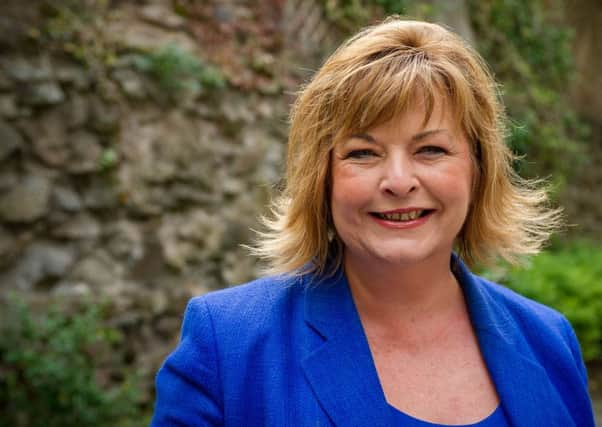Brian Ferguson: Continuing squeeze taking toll on culture sector


Her address, back in June 2013, was and still is seen as a pivotal moment for the cultural sector in Scotland. At the time, the nation’s new arts quango was still recovering from a full-blown crisis which saw 100 leading artists declare open warfare on Creative Scotland and the subsequent resignation of its first chief executive after less than three years in the job.
At the heart of the rebellion was dismay and anger over the running of fledgling organisation, which was said to have a “confused and intrusive management style married to a corporate ethos that seems designed to set artist against artist and company against company in the search for resources.” Most damning of all was the allegation that artists were being regularly confronted by “ill-conceived decision-making, unclear language and a lack of empathy and regard for Scottish culture”.
Advertisement
Hide AdAdvertisement
Hide AdThat 2013 speech – delivered just hours before Creative Scotland announced the appointment of a new chief executive – was a clear attempt to draw a line under the affair and underline the Scottish Government’s support for those artists and the culture sector in general.
With the independence referendum just over a year ago, it was also about positioning the SNP administration as far away as possible from the position set out weeks earlier by UK culture secretary Maria Miller, who had warned that the benefits of culture had to be measured in economic terms to justify public support.
It is well worth revisiting Ms Hyslop’s speech, when she declared that it was the Scottish Government’s job to “create the conditions for cultural and creative excellence to flourish and ensure as many people, groups and organisations as possible benefit from culture”.
A pressing question for many in the cultural sector is whether those conditions are created by the decision to impose across-the-board cuts in the most recent Scottish Government budget and the recent local government settlement.
Ms Hyslop’s latest keynote speech, delivered in Glasgow’s Easterhouse estate, was a natural evolution of that 2013 address, with impressive talk of allowing Scotland to become a “world leader in youth arts” and access to the arts improving the “life chances” of young Scots.
But an insistence that participation in arts and culture “must be a priority, even in difficult times” may have given the impression that its funding from the government had been protected – which is far from the truth.
Ms Hyslop has been rightly praised in these pages for largely shielding the arts from the public spending squeeze, but her words may be ringing a bit hollow right now.
Advertisement
Hide AdAdvertisement
Hide AdThe reality is there is hardly an arts organisation in the country which is not either having to grapple with an ongoing cut or is bracing itself for them within the next couple of years.
Asking arts organisations to take their share of the impact of austerity measures imposed in Westminster may seem fair enough to those who have no direct involvement in the arts .
But if anyone is in any doubt over the impact of cuts they need only look at the hard-hitting statements to emerge in recent days from the National Theatre of Scotland and Eden Court, the main performing arts venue in Inverness.
While the arts sector in Scotland is not quite in the grip of another crisis, there is certainly the sense of one emerging on the horizon.